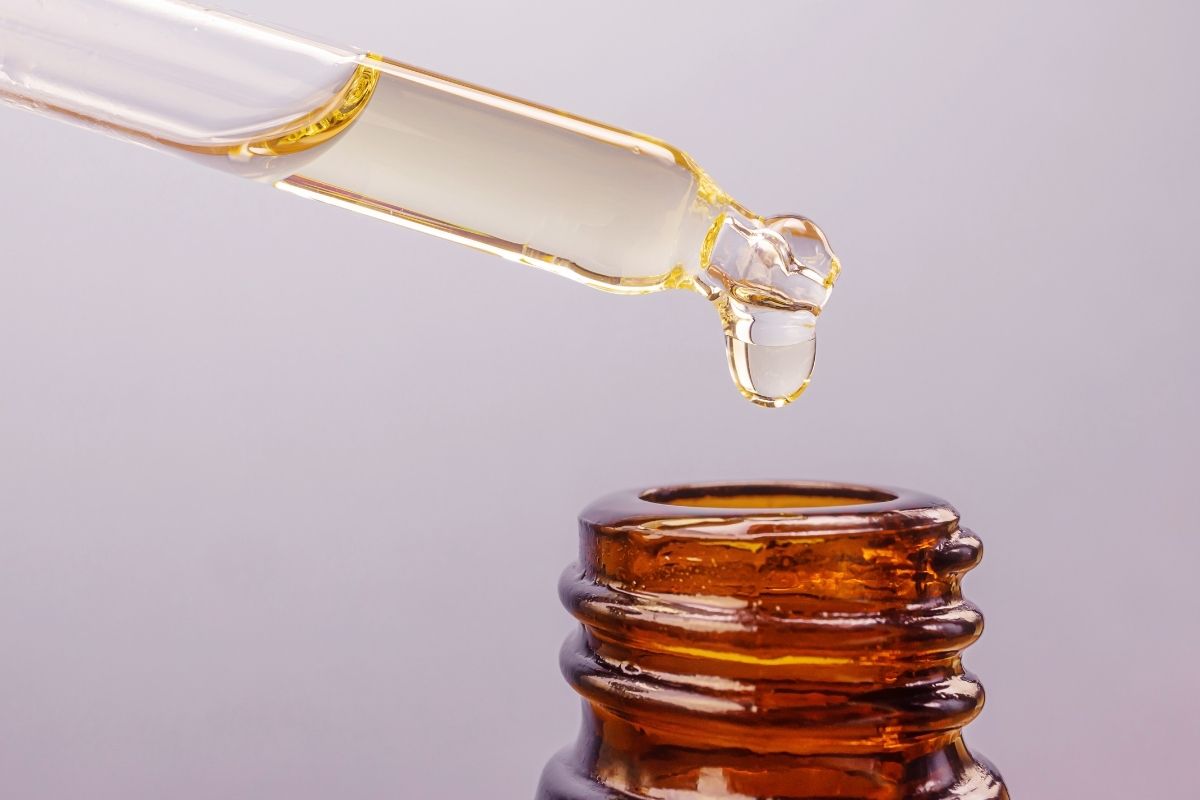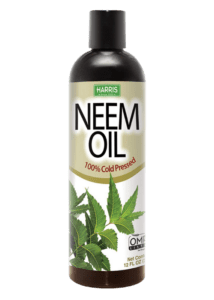Neem oil tends to divide gardeners into two camps:
- Gardeners who know how to mix neem oil for plants and absolutely love it 🥰
- Gardeners who don’t know how to mix neem oil for plants and absolutely hate it 😡
Here at the Indoor Nursery, we love neem oil! Camp #1 all the way. But the truth is, neem oil can do more harm than good if you don’t mix it properly. Concentrated neem oil can suffocate your plants in pure form and burn the leaves!
In this article, we’ll learn the secret of camp #1 gardeners who swear by this versatile, all-natural pest repellent and leaf shiny product. Making a neem oil spray at home is an easy way to work pest prevention into your monthly plant care routine.
And once you know how to use neem oil safely on your plants, you can use it for more than just pest control (more on that later). This natural pesticide option is perfect for indoor gardeners with kids or pets, or anyone who wants a simple, bulk solution for protecting your plants from pests.
What is neem oil?
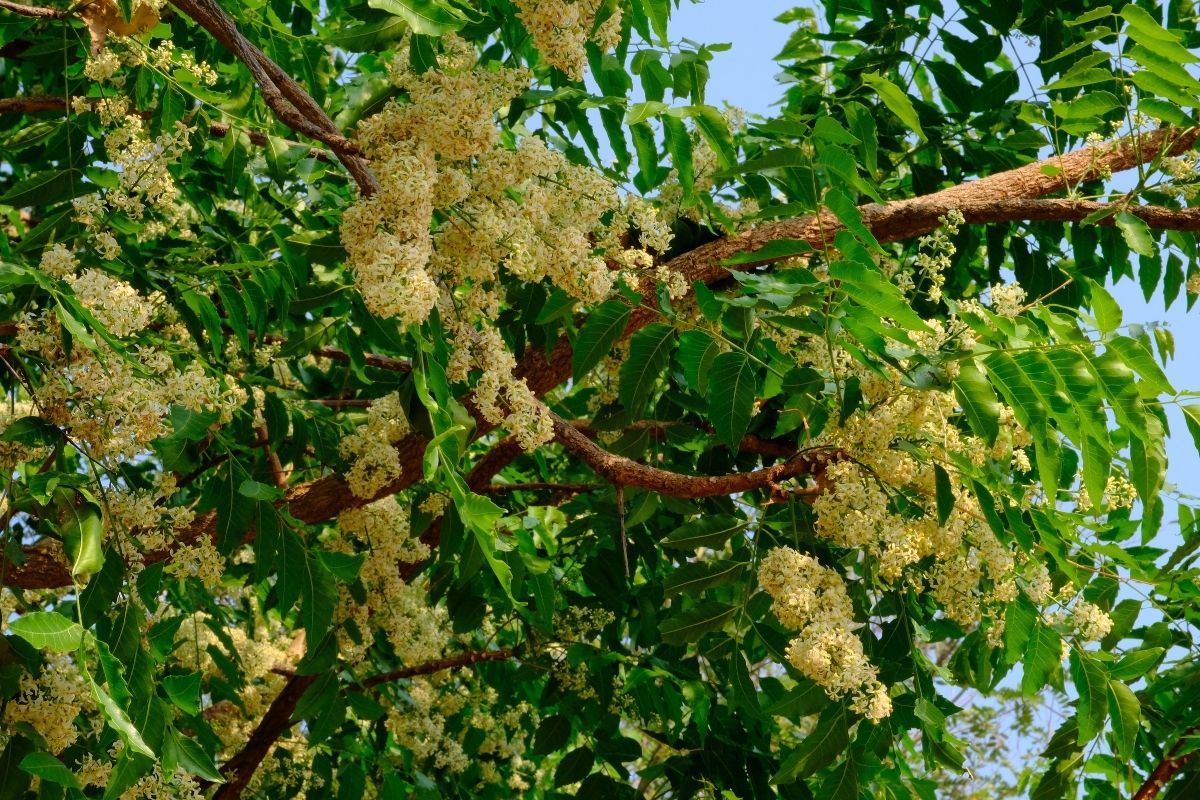
Neem oil is extracted from the seeds of the Neem tree (Azadirachta indica), a canopy tree native to India. The leaves and oil have been used for centuries as a traditional pest repellent, and today it’s a popular alternative to synthetic pesticides for home gardens and indoor plants.
How does neem oil work as a pest repellent?
Neem oil is a popular general-use pest repellent that can help keep spider mites, aphids, mealy bugs, fungus gnats, and other common pests away from your plants. As an oil, it will make the living environment inhospitable to insects, and if used as an insecticide, it will smother and suffocate an insect in its sticky consistency.
The active compound that gives neem oil its insecticidal properties is called azadirachtin (named after the tree itself), a chemical compound that disrupts hormones and prevents insects from growing from larvae to maturity, making them unable to reproduce. The oil contains other plant compounds as well that contribute to its effectiveness as a pest repellent.
The oil smells a bit like sulfur or garlic, and can irritate skin if handled in concentrated form. It’s been used topically and internally for thousands of years as a medicinal oil in Ayurveda, but we don’t recommend ingesting neem oil without supervision from a trained medical professional.
Smells and precautions aside, neem oil is a safe, natural alternative to toxic pesticides when used in diluted form. You can whip up a quick and effective homemade neem oil solution to manage houseplant pests in just a few simple steps.
Inspect your houseplants for pests regularly
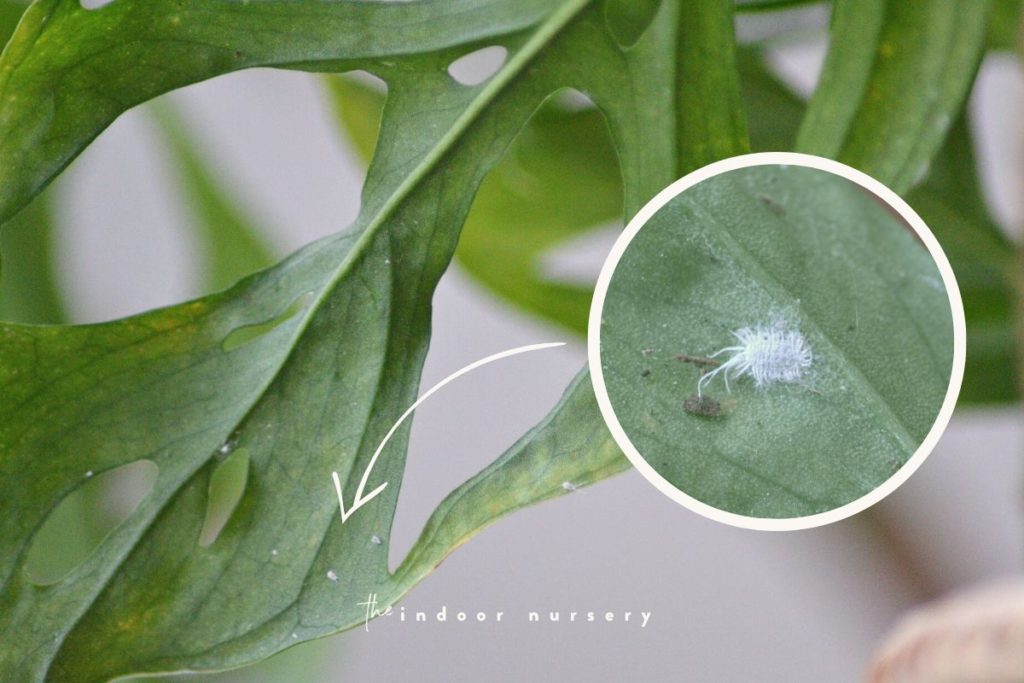
If you’re going the natural route in pest control, your first line of defense is regular, attentive inspection to make sure everything’s gucci with your plants. Inspecting your houseplants for pests regularly is an important step in insect prevention. Before you spray your plants with ANYTHING, neem oil or otherwise, check the leaves, along the stems, and between leaves for signs of bugs, webs, or leaf damage. This will tell you if you need an aggressive removal treatment, or if your preventative steps are enough to treat your problem. Keep your eyes peeled for these signs of pest trouble:
- Spider webs
- Small brown spots or holes in the plant tissue
- Honeydew (insect sucrose secretion) on the leaves or dripping from them
- White spots (insect eggs)
If you find that one or more of your plants have pests, move the plant away from the others and isolate it for a couple of weeks as you treat the plant. Always inspect and clean new plants (even ones that look super healthy!!) to be sure you aren’t bringing any pests in from the outside. Inspect the soil too! Grubs can be hiding in the top layer of soil even if there are no other indications of pest trouble. Nursery plants, outdoor plants, and plants from places you’re unfamiliar with can all carry creepy crawlies. Clean and inspect them before bringing them into your home.
How to make a neem oil mix for your houseplants
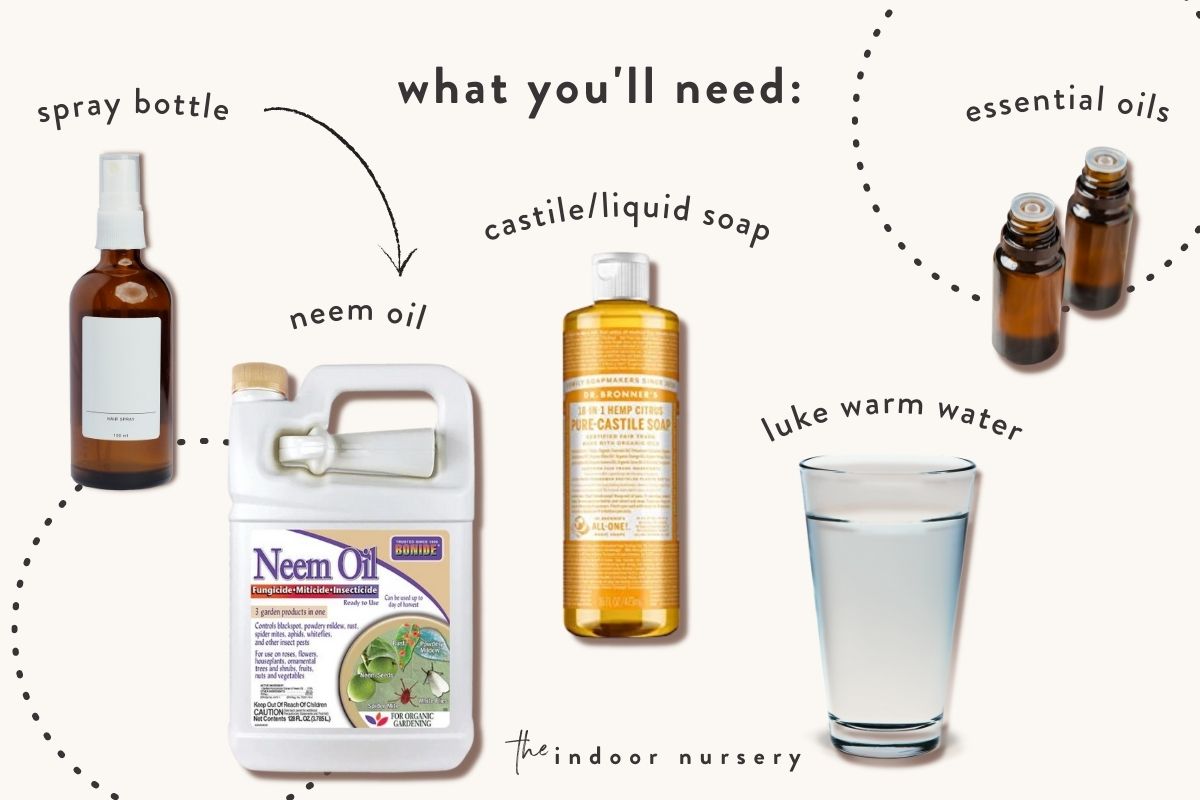
To mix your own neem oil pest repellent, you will need:
- Luke-warm water
- Liquid soap (castile recommended)
- Neem oil
- Essential oils (optional)
- Spray bottle
Gather your ingredients, a teaspoon measure, and a buck or bowl with a pour spout to begin. When making the mixture, it’s important to add the ingredients to the water, and not the other way around. If you add water to the soap and oil, you’ll end up with a sudsy mess.
Oil and water don’t mix, so using a little liquid soap helps the oil emulsify, or break down into smaller parts, and mix more thoroughly with the water.
When you use soap with few to no synthetic ingredients, it won’t build up or block the stomata on the plant’s leaves when you spray it on. Since neem oil has a sulfuric odor, adding a couple of drops of essential oil can help mask the smell of the neem.
- Measure 1 liter of warm water into your mixing vessel.
- Mix 1 teaspoon of neem oil concentrate and 1 teaspoon of mild soap into the warm water. Stir to combine.
- Add 3-5 drops of your favorite essential oil (optional).
- Pour the mixture into your spray bottle.
- Apply to your plants!*
Neem oil and other essential oils can’t be stored for long periods of time in a mixture, since they eat away at plastic containers.
*Note: The mixture will spoil in a few days, so you need to mix your neem oil fresh each time you use it.
How and when to apply neem oil as a pest repellent
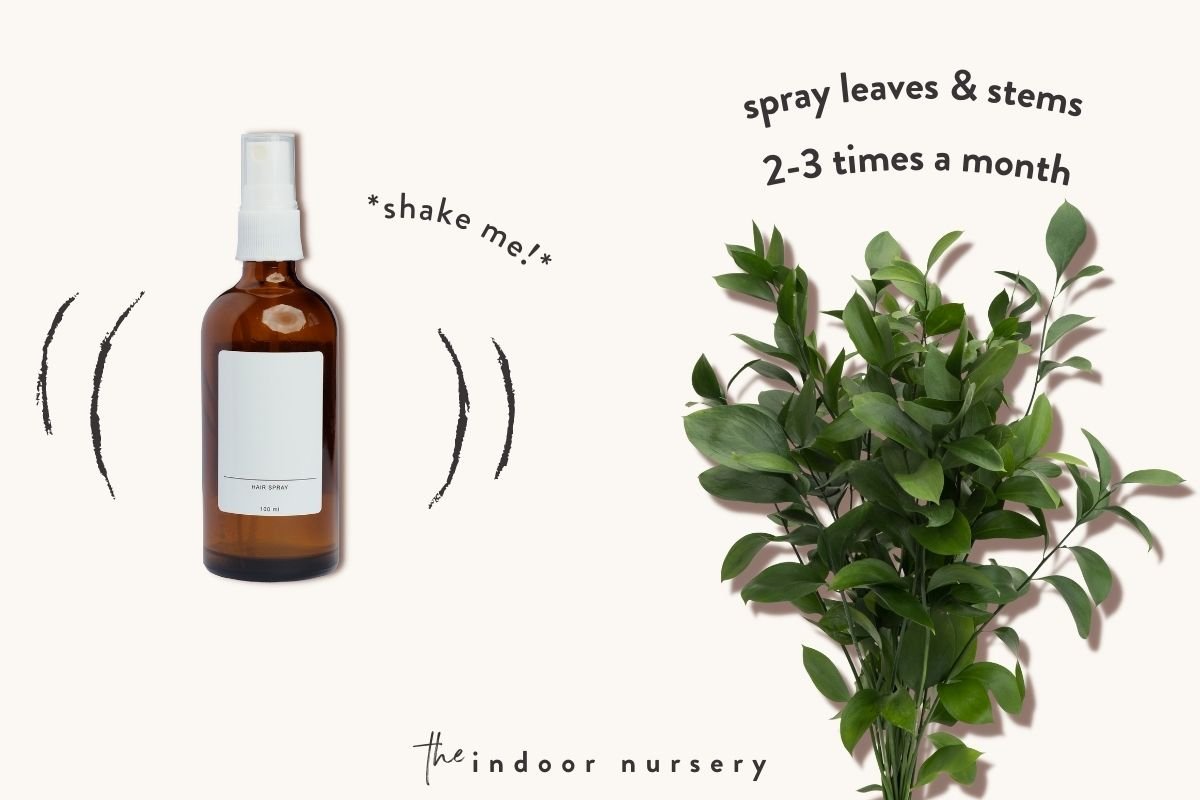
Alrighty, you whipped up the solution and now you’re ready to use it! If you’re using neem oil spray to treat a heavy infestation, rinse your plant first and isolate it from your other plants before treating. Then apply your neem spray to a test leaf and proceed with treatment as you would for preventative treatment.
It’s important to test your solution on a small area of your plant before applying to the entire plant. It’s also important to wait a few weeks to observe the way your plant responds to the neem oil before applying more than once a month.
Before you spray neem oil on your plants, shake the container to mix the solution so it gets applied as evenly as possible.
Spray leaves and stems 2-3 times a month, or once every two weeks. The azadirachtin compound that repels the insects breaks down over several days, but shouldn’t be applied more than once a week to avoid burning or saturating the plant leaves with the oil.
Use neem oil with caution
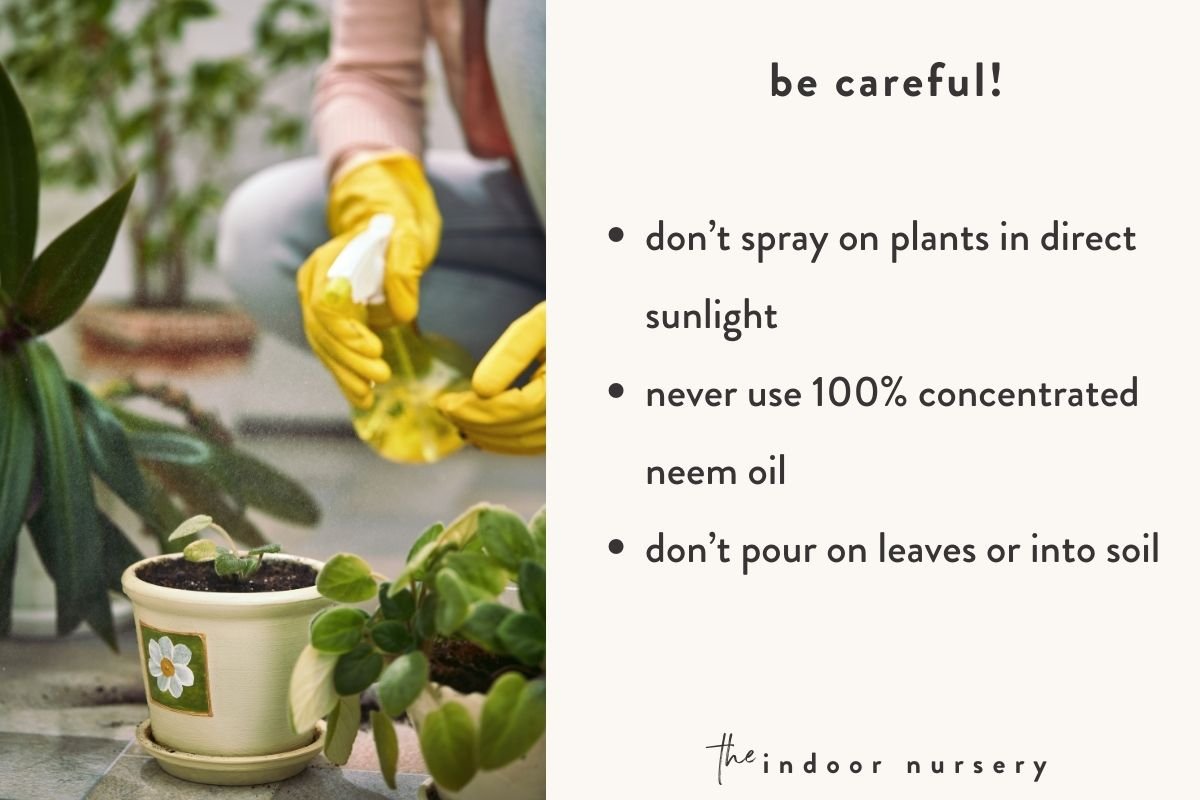
Ok guys – take special note here if you have rare, variegated, or otherwise delicate plants / plants with sentimental value. You wouldn’t dump leather cleaner you’ve never tried before on your best leather shoes, right? Same thing applies here. Before starting a neem regimen, spot-treat a leaf with your spray and wait a day or two to see how it reacts.
Here are a few other hot tips to help you avoid doing more harm than good when applying neem oil treatments to your plants:
- don’t spray on plants in direct sunlight. Many plants can’t tolerate direct sunlight in the first place, but neem oil shouldn’t be put on a plant while it’s receiving direct sunlight. The heat from the sun will be absorbed by the oil and can result in burns on the leaf tissue. It’s best to spray your plants with neem in the morning or evening.
- never use 100% concentrated neem oil. Neem oil has to be diluted so that it won’t coat and block the plant leaves’ stomata, through which they breathe and release moisture.
- don’t pour on leaves or into soil. Apply a light, but thorough, even covering when you spray your plant with a neem solution. If the plant gets too much, the oil may build up and block the leaves’ pores, but too much seep into the soil and build up, coat the roots, or affect the good bacteria living in the pot.
Use neem oil to clean plants
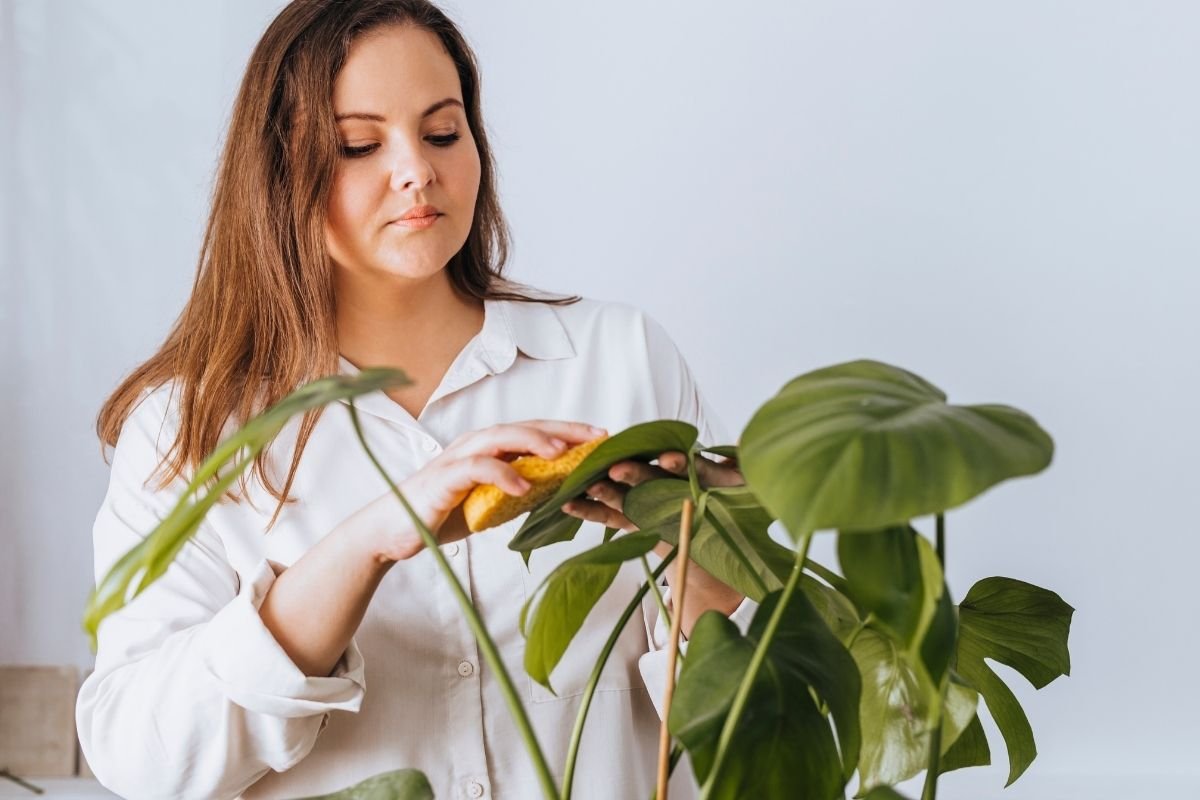
Once you’ve got the basics of not killing your plant with neem oil down, you can use your homemade spray for other things too!
Not only does neem oil work as an organic pest repellent, but it makes an effective, anti-microbial plant cleaner 🧼 and leaf shine solution to polish up your leafy lovelies ✨ Keeping your plant clean actually helps reduce the risk of an infestation too. Insects are attracted to undisturbed, dry, and dusty nooks and leave on and around plants where they can build their homes in peace, whether that home is a web, the crevices where leaves meet the stems, or simply the face of the leaf.
Cleaning your plant’s leaves regularly also helps your plant convert more sunlight to energy since dust and dirt literally block the plant’s cells from absorbing sunlight and the leaves’ stomata from releasing oxygen and moisture. To use your neem oil as a leaf clean / shine, simply spray 3-5 times onto a rag and gently wipe the damp cloth over the top and undersides of your plant’s leaves every month.
More How To Guides
- How To Get Rid Of Scale On Plants
- DIY Terrarium Table: How To Make A Table With Plants Inside
- How to Use Leca for Plants: Step-by-Step Guide with Pictures
- How To Use Grow Lights For Indoor Plants
- How To Propagate Peperomia Plants 2 Ways
- DIY Propagation Box With Grow Light
- How To Make Pothos Fuller (In 5 Minutes)
- How to Make a Moss Pole for Your Climbing Plants
- How to Make Potting Soil for Indoor Plants, Plus My Secret Ingredient
- How to Propagate a Split-Leaf Philodendron: Easy Step-by-Step Guide

